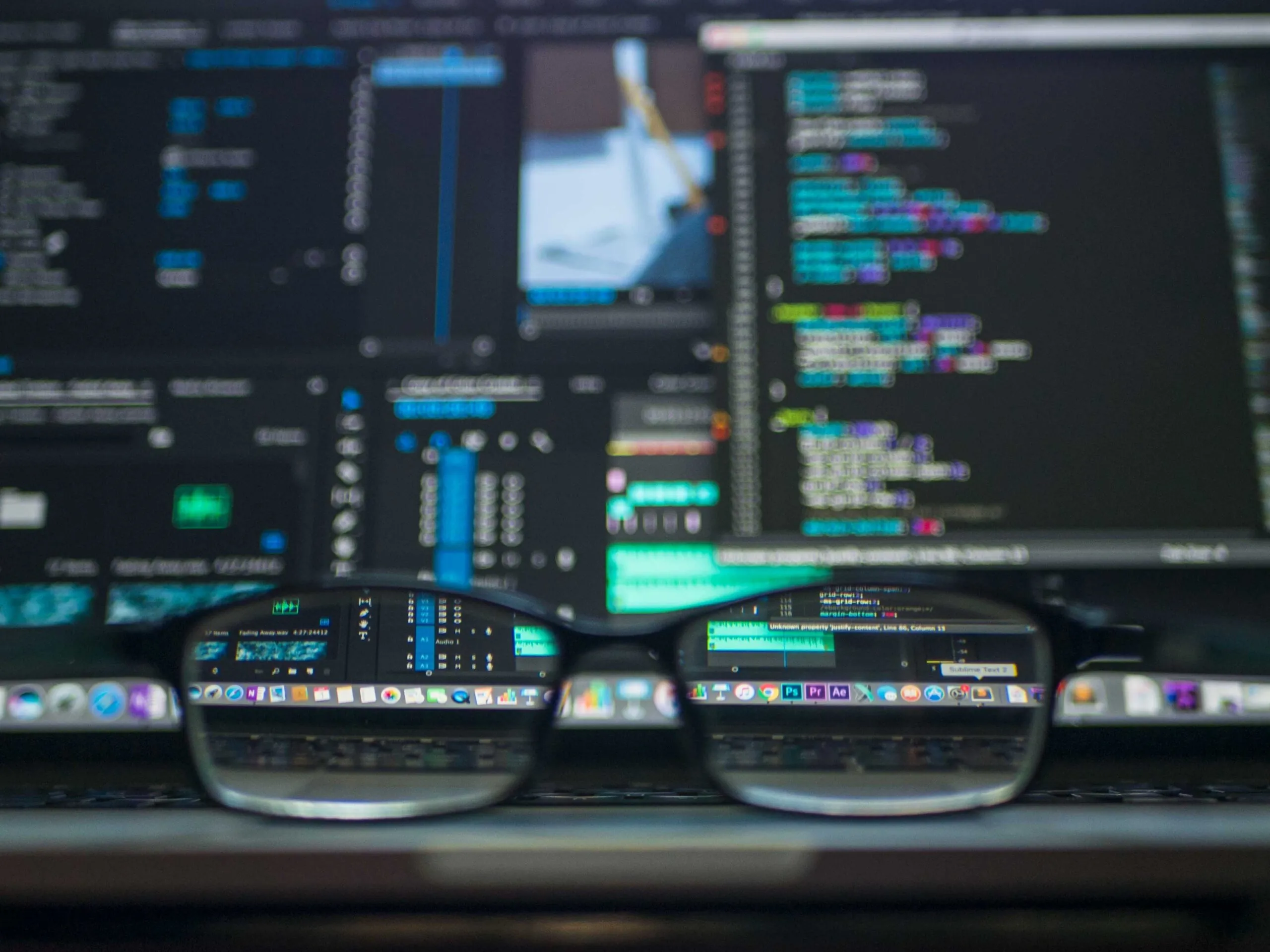In the ever-evolving landscape of Artificial Intelligence (AI), computer vision is a remarkable breakthrough, fundamentally transforming how machines interpret and interact with the visual world. But what exactly is computer vision? At its core, computer vision enables computers and systems to derive meaningful information from digital images, videos, and other visual inputs and act on that information.
Let’s dive into the computer vision world in this article!
What is Computer Vision?
Defining Computer Vision
Computer vision is a whole area of research on various image processing algorithms; among these methods, there are methods based on Deep Learning, CNN, Machine Learning, and AI that focus on enabling computers and machines to interpret, understand, and respond to image data from the world around them. This involves acquiring, analyzing, and processing images or video to derive information and decide based on that data.
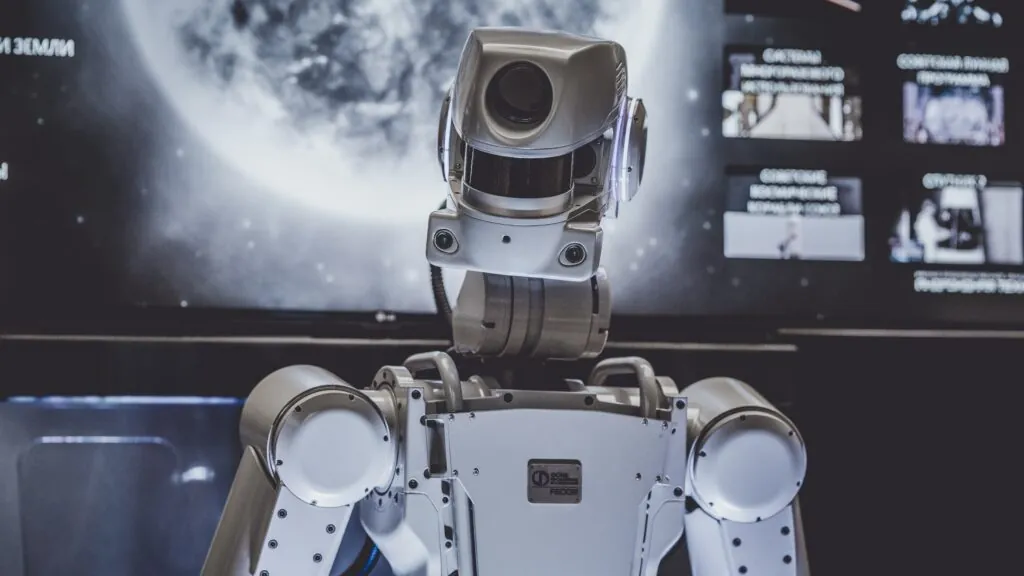
Critical Components of Computer Vision
- Image Acquisition: This captures visual data, typically using cameras, sensors, or other digital input devices.
- Image Processing: Once an image is acquired, it undergoes various processing steps. This may include adjusting brightness and contrast, scaling, cropping, or converting to different formats.
- Feature Detection and Extraction: This involves identifying specific patterns or characteristics in the image, such as edges, textures, or particular shapes.
- Pattern Recognition and Classification: The system interprets what it sees by comparing the detected features against known patterns. This is often where machine learning, particularly deep learning algorithms, comes into play.
- Decision Making: Based on the interpretation of the image data, the system can make decisions or recommendations. This could be anything from identifying objects in an image to diagnosing in medical imaging.
Check out our Case Study: Object counting for an industrial shrimp farm.
How It Works
Machine learning models, particularly convolutional neural networks (CNNs), are commonly utilized in computer vision systems to analyze and interpret image data. These models undergo training using extensive image datasets, which enables them to identify and understand various patterns and features. Upon encountering a new image, the system applies its knowledge of these learned patterns to analyze and comprehend the image.
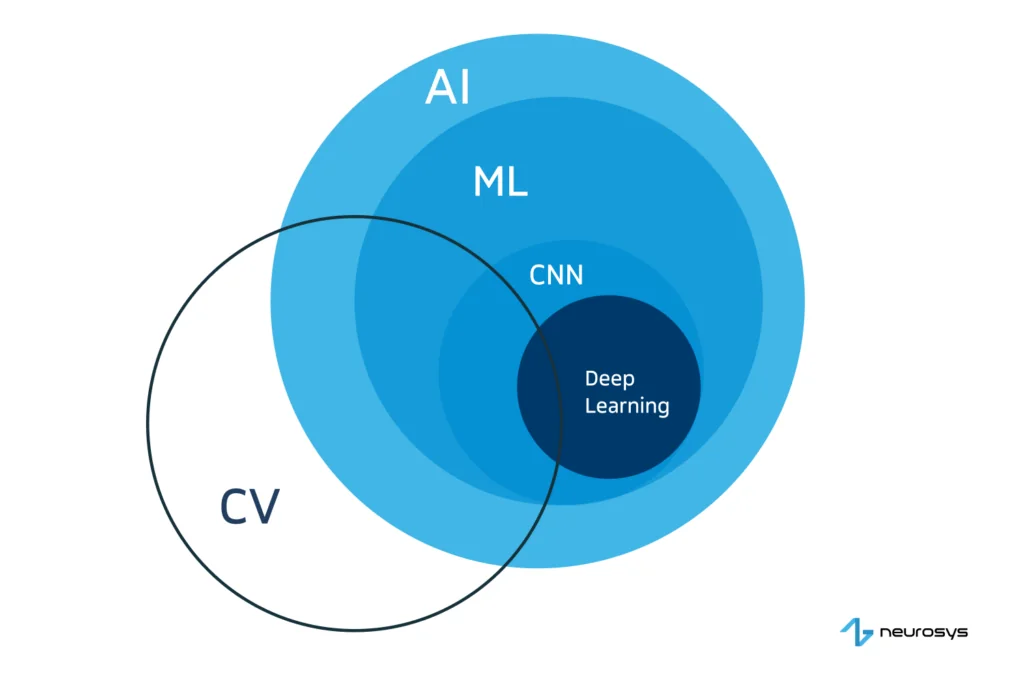
Computer Vision Applications
Computer vision, a field of artificial intelligence, encompasses a variety of applications that enable computers and systems to derive meaningful information from digital images, videos, and other visual inputs. Some critical applications include:
- Facial Recognition: This technology is used for identifying or verifying a person’s identity using their face. It has applications in security systems, smartphone unlocking, and law enforcement.
- Self-Driving Cars: Computer vision is critical for autonomous vehicles. It helps detect objects, read road signs, and navigate through traffic.
- Medical Imaging Analysis: Computer vision algorithms can analyze complex medical images like X-rays, MRIs, and CT scans to assist doctors in diagnosing diseases more accurately and quickly.
- Industrial Automation: In manufacturing, computer vision systems can inspect products on assembly lines, ensuring quality control and defect identification.
- Agricultural & Aquaculture Automation: Computer vision is used in precision agriculture for crop monitoring, disease detection, and automated harvesting tasks.
- Retail: In retail, computer vision technology can be used for inventory management, checkout-free shopping experiences, and customer behavior analysis.
- Augmented Reality: Computer vision is a core component of AR technologies, enabling the integration of digital information with the user’s environment in real-time.
- Surveillance: Computer vision aids in monitoring video footage for security purposes, detecting anomalies, and tracking movements.
- Sports Analysis: It analyzes athletes’ performances, improves game strategies, and enhances viewer experiences through augmented broadcasts.
- Robotics: In robotics, computer vision enables robots to navigate, interact with objects, and perform complex tasks.
These applications demonstrate the versatility of computer vision technology across various sectors, significantly impacting industries by enhancing efficiency, accuracy, and decision-making processes.

The History of Computer Vision Technology
The history of computer vision technology is a fascinating journey that spans several decades, marked by significant advancements in computer science and technology. Understanding its evolution helps us appreciate the complex systems that power today’s AI-driven visual recognition applications. Let’s take a closer look at this journey:
1950s-1960s: The Early Days
- Beginnings: The concept of computer vision took shape in the late 1950s and early 1960s. One of the first instances of computer vision research was in 1960 when Bernard Minsky was assigned a summer project at MIT. The project, known as the “Summer Vision Project,” aimed to build a system that could interpret varying shades of grey.
- Initial Challenges: These early attempts were basic, focusing primarily on binary image processing and simple pattern recognition.
The 1970s: Foundations and Early Developments
- Advancements in Image Processing: The 1970s witnessed critical developments in image processing techniques and algorithms. This era marked the transition from essential pattern recognition to processing more complex visual inputs.
- First Algorithms: Researchers developed algorithms for edge detection and feature extraction, foundational techniques still used in computer vision.
1980s: Rise of Machine Learning
- Incorporating AI: The 1980s saw the incorporation of artificial intelligence into computer vision. This was facilitated by advances in machine learning, particularly the development of neural networks.
- Increased Computational Power: Increased computational power allowed more sophisticated image analysis and processing.
1990s: Expansion and Commercialization
- Improvements in Hardware: Continued improvements in computer hardware, including graphics processing units (GPUs), expanded the capabilities of computer vision systems.
- Early Commercial Applications: This period saw the emergence of practical applications, such as face recognition and automated inspection in manufacturing.
2000s: Breakthroughs in Deep Learning
- Deep Learning Revolution: The 2000s marked a significant breakthrough with the advent of deep learning. Convolutional Neural Networks (CNNs), a class of deep neural networks, became crucial for image classification and recognition tasks.
- Major Milestones: Significant milestones included the development of ImageNet and other large-scale image databases, which played a critical role in training and benchmarking computer vision algorithms.
2010s-Present: Rapid Expansion and Integration
- Widespread Adoption: In the last decade, computer vision technology has seen widespread adoption in various industries, including automotive, healthcare, retail, and security.
- Integration with Other Technologies: Computer vision has been integrated with other technologies like augmented reality (AR), virtual reality (VR), and the Internet of Things (IoT), leading to innovative applications.
Future Outlook
- Ethical Considerations and Regulations: As computer vision becomes more pervasive, issues like privacy, ethical use, and regulation gain prominence.
- Continued Advancements: Ongoing research is focused on making computer vision systems more accurate, efficient, and capable of understanding context and nuances in image data.
Computer vision’s history is a testament to the rapid advancement of technology and its potential to transform how machines perceive and interact with the world. As the field continues to evolve, it promises to unlock even more groundbreaking applications and capabilities.
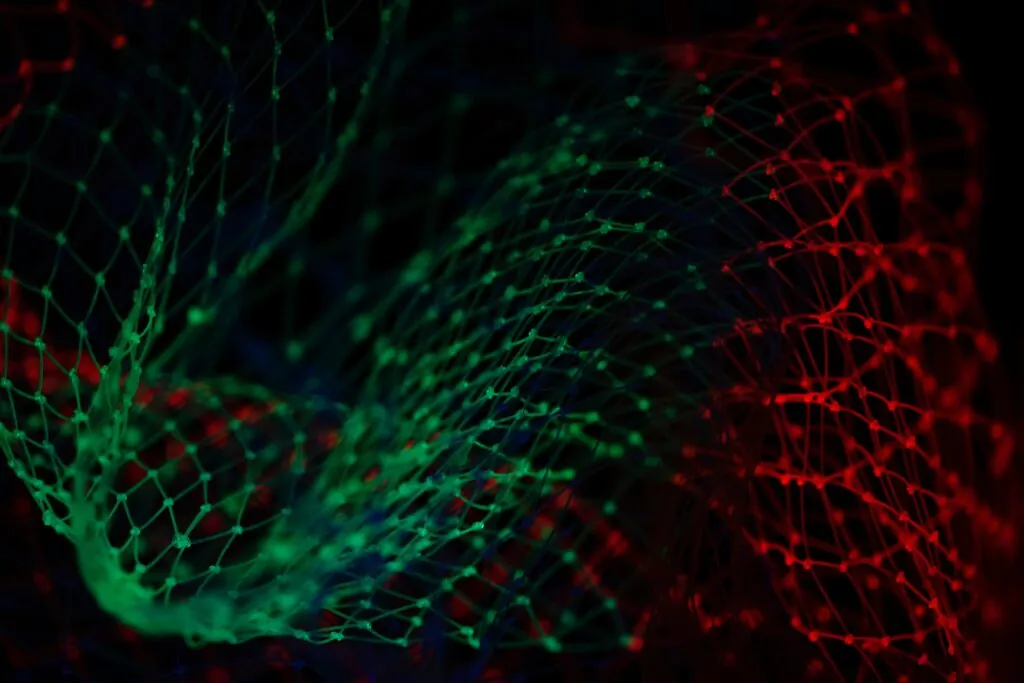
Computer Vision System
Computer vision systems are advanced technological setups that enable machines to interpret and understand visual information from the world around them, similar to human vision. These systems are integral to a variety of applications across numerous industries. Let’s break down their components, functionalities, and applications to understand them better.
Components of Computer Vision
- Input Devices: Cameras, sensors, and other digital input devices that capture visual data.
- Processing Units: Hardware components, like CPUs, GPUs or TPUs, that process the data. In modern systems, GPUs are often preferred due to their efficiency in handling parallel tasks, which is crucial for processing large datasets and complex algorithms.
- Storage: For storing the vast amounts of data computer vision systems generate and use. This can include local storage or cloud-based solutions.
- Software and Algorithms: The core of a computer vision system comprises various algorithms for image processing, feature extraction, pattern recognition, and machine learning, particularly deep learning.
- Output Interface: This includes the mechanisms through which the system communicates its findings or takes actions, ranging from simple visualizations to direct integration with other systems for automated actions.
Functionality of Computer Vision
- Image and Video Analysis: These systems analyze visual data in real-time or from stored images/videos, identifying patterns, objects, faces, scenes, and more.
- Object Detection and Recognition: Identifying and classifying objects within images or video streams.
- Scene Reconstruction: Some systems can reconstruct a 3D scene from 2D images.
- Motion Analysis: They can track and analyze the movement of objects or individuals over time.
- Image Restoration: Improving image quality by removing noise, correcting colors, or enhancing features.
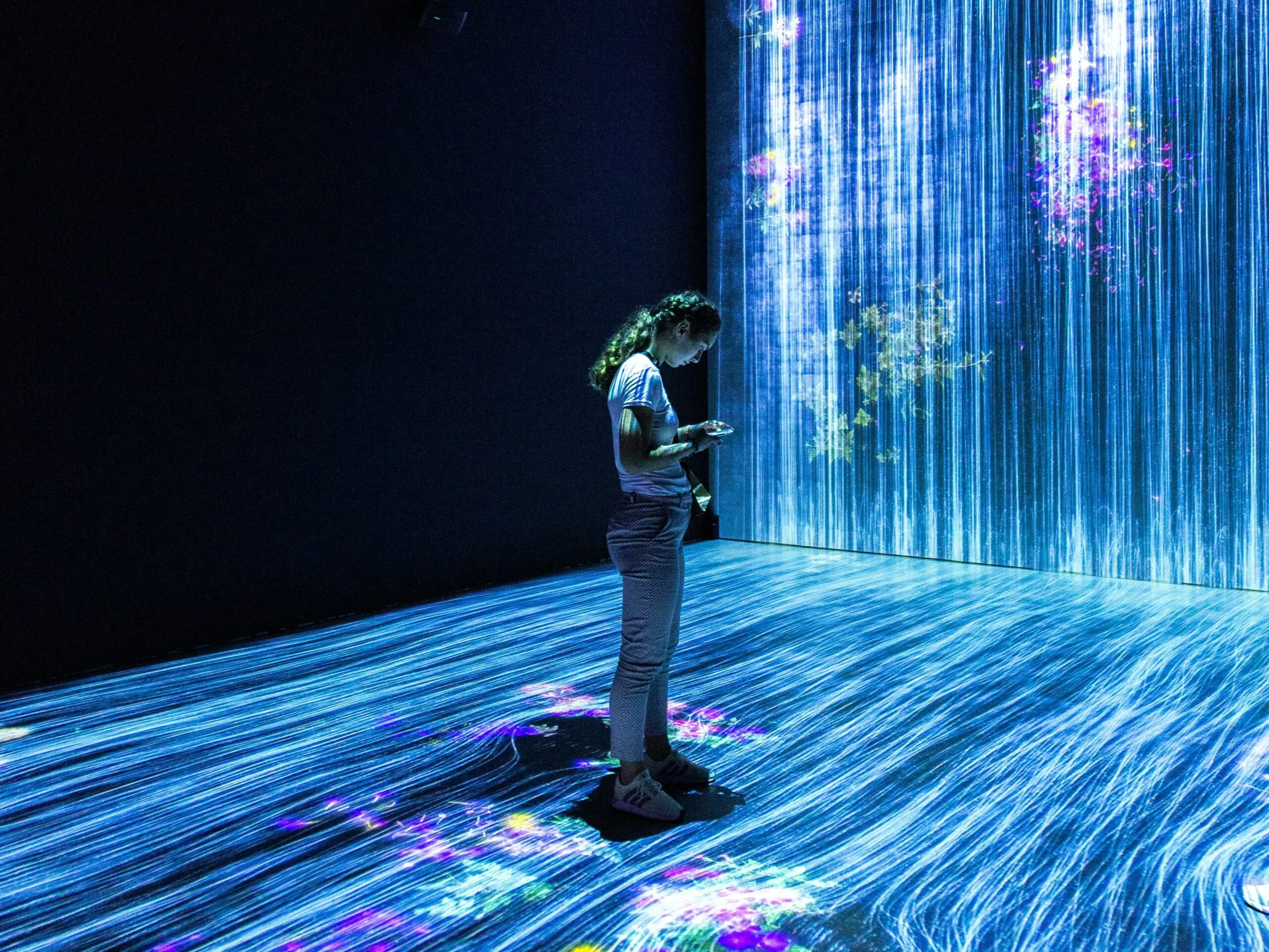
Computer Vision Algorithms in the Future
The future of computer vision algorithms is poised for significant advancements and transformative changes. These developments are likely driven by continuous improvements in AI and machine learning and the increasing integration of computer vision in various sectors.
Here are some key trends and predictions for the future of computer vision algorithms:
Advanced Deep Learning Techniques
- Improved Neural Networks: Future computer vision algorithms will leverage more advanced and efficient neural network architectures. These could offer greater accuracy and faster processing times, even with complex and large-scale visual data.
- Self-Supervised Learning: This approach, where algorithms learn to understand and categorize visual content without extensive labeled datasets, is expected to grow, reducing the dependency on large annotated datasets.
Enhanced Object Recognition and Classification
- Fine-Grained Recognition: Algorithms will likely become more adept at distinguishing between subtle differences and categories within objects, leading to more precise and detailed recognition capabilities.
- Contextual Understanding: Future algorithms may better understand the context in which objects appear, enhancing their ability to interpret scenes more accurately and holistically.
3D Vision and Spatial Computing
- 3D Imaging and Analysis: Advancements in 3D imaging and depth sensing will enable more sophisticated interpretation of spatial relationships and environments.
- Integration with AR/VR: Enhanced computer vision algorithms will play a crucial role in augmented reality (AR) and virtual reality (VR) applications, providing more immersive and interactive experiences.
Real-Time Processing and Edge Computing
- Faster Processing: The need for real-time analysis in applications like autonomous vehicles and surveillance will drive the development of quicker and more efficient processing algorithms.
- Edge Computing: As more devices are equipped with processing capabilities, computer vision algorithms will increasingly run on the edge, reducing latency and reliance on cloud-based processing.
Ethical AI and Bias Mitigation
- Addressing Bias: There will be a stronger focus on developing unbiased and fair algorithms, especially in sensitive applications like facial recognition.
- Transparent and Explainable AI: Efforts will be made to make computer vision algorithms more transparent and explainable, ensuring that decisions made by AI systems can be understood and trusted by humans.
Multimodal and Cross-Disciplinary Applications
- Combining Vision with Other Sensory Data: Future algorithms might integrate visual data with other types of sensory information (like audio or tactile data) for more comprehensive understanding.
- Cross-Disciplinary Innovations: We’ll likely see more cross-pollination of ideas and techniques from other fields, such as neuroscience and cognitive science, to enhance computer vision systems.
Personalization and User-Specific Applications
- Customized Experiences: Computer vision algorithms will become more personalized, adapting to individual user preferences and needs in applications like retail, healthcare, and entertainment.
As you can see, the future of computer vision algorithms is not just about technological advancements but also about addressing ethical concerns, enhancing user experiences, and integrating with other technologies and disciplines. As these algorithms become more sophisticated, we can expect them to play an increasingly significant role in our daily lives, driving innovation across diverse sectors.
Seeing the Future with Computer Vision
Computer vision is not just a fascinating field of AI; it’s a key to unlocking a future where machines understand and interact with the visual world as naturally as humans do. Its potential to revolutionize various sectors makes it one of the most exciting areas of technological development today.
If you are considering artificial intelligence in your company, take advantage of 1h free consultation with our expert.
